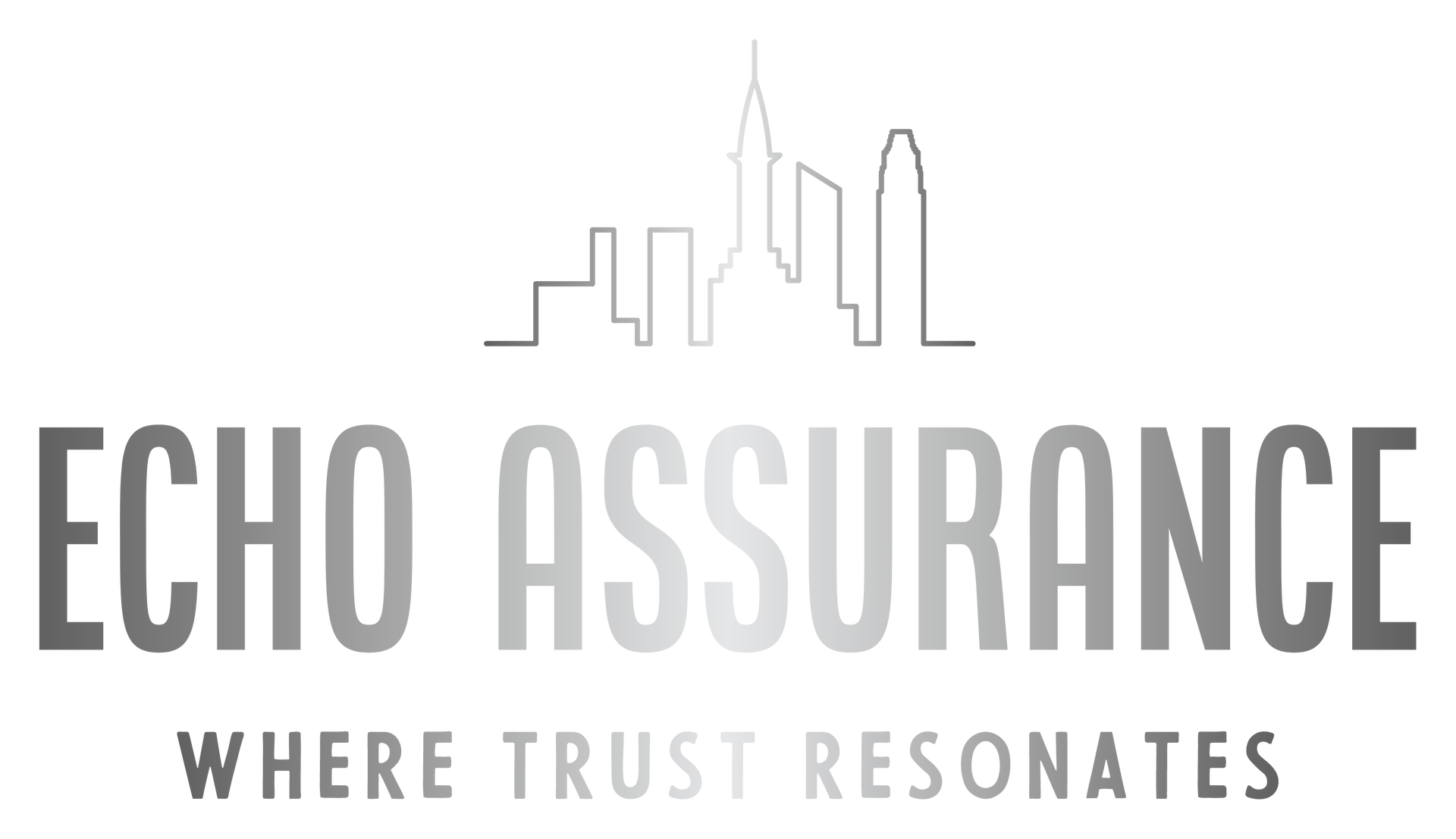4800 Meadows Rd
Suite 300
Lake Oswego, OR 97035
Ph: 218.450.4178


As the Baby Boomer generation rides the crest of the "Silver Tsunami," the senior living industry is undergoing a seismic shift. From high-tech smart homes to wellness-centric communities, the landscape of eldercare is evolving at breakneck speed. But amidst this revolution, one crucial player is quietly adapting to ensure the industry's stability: insurance. Let's dive into six key trends transforming senior living and explore how the insurance sector is pivoting to keep pace with this brave new world of aging.
1.
Occupancy and Demand Growth
Occupancy rates are rebounding across senior living settings after pandemic lows, with consistent quarterly increases throughout 2022 and 2023. This positive momentum is expected to continue in 2024, driven by:
2. Shift Towards Wellness and Quality of Life
Seniors are increasingly prioritizing wellness and quality of life when choosing communities. This is leading to:
3.
Diversification and Specialization
The industry is moving towards more differentiated and specialized offerings, including:
4.
Technology Integration
There's growing adoption of technology to improve operations and resident experiences, such as:
5.
Economic and Operational Challenges
The industry continues to face some headwinds, including:
6. Design Innovations
New design trends are emerging, like:
These trends reflect the industry's efforts to adapt to changing demographics, consumer preferences, and economic conditions while focusing on resident well-being and operational efficiency.
Insurance plays a crucial role in helping senior living providers adapt to these emerging industry trends. Here are some key ways insurance is impacting and responding to these trends:
1.Risk Management for Evolving Care Models
As the industry shifts towards more specialized care offerings like memory care units and assisted living, insurance providers are adapting their coverage to address the unique risks associated with these care models[9]. This includes tailoring liability coverage for different levels of care and resident acuity.
2.
Addressing Staffing Challenges
With widespread staffing shortages in the industry, insurance carriers are focusing on:
3. Adapting to Changing Demographics
As the senior population grows and ages, insurers are:
4.
Technology Integration
Insurance providers are:
5.
Market Fluctuations
The insurance market for senior living is responding to industry trends by:
6.
Property Insurance Considerations
As the industry faces challenges with aging infrastructure and natural disasters, insurers are:
7.
Mergers and Acquisitions
With ongoing consolidation in the industry, insurance providers are:
As we navigate these six transformative trends in senior living, it's clear that the industry is not just changing – it's being reinvented. From technology-driven care to personalized wellness programs, the future of aging is brighter and more dynamic than ever. Yet, underpinning this evolution is the critical role of insurance, adapting and innovating to safeguard both providers and residents. As we embrace this new era of senior living, one thing is certain: the synergy between cutting-edge care models and responsive insurance solutions will be the cornerstone of a thriving, resilient industry ready to meet the needs of generations to come.
Citations:
[1] https://hamiltoninsurance.com/insurance-trends-in-the-senior-housing-and-care-sector/
[2] https://agentblog.nationwide.com/commercial-insights/specialty-care/senior-living-industry-overview-trends/
[3] https://www.crcgroup.com/Tools-Intel/post/5-reasons-the-senior-living-insurance-market-is-hardening-and-how-to-help-your-clients
[4] https://opusvi.com/news/5-trends-in-the-senior-living-industry
[5] https://seniorshousingbusiness.com/the-insurance-outlook-is-challenging-for-senior-living-facilities-in-2024/
[6] https://www.claconnect.com/en/resources/articles/24/top-5-trends-shaping-the-senior-living-and-care-industry-in-2024
[7] https://www.sfcs.com/news/shaping-the-future-trends-in-senior-living
[8] https://www.crcgroup.com/Tools-Intel/post/long-term-view-important-for-senior-living-marketplace
[9] https://opusvi.com/news/5-trends-in-the-senior-living-industry
[10] https://www.iadvanceseniorcare.com/new-report-highlights-emerging-trends-in-senior-housing/
[11] https://www.sfcs.com/news/shaping-the-future-trends-in-senior-living
[12] https://www.claconnect.com/en/resources/articles/24/top-5-trends-shaping-the-senior-living-and-care-industry-in-2024
[13] https://lifeloop.com/resources/blog/2023-senior-living-industry-trends
[14] https://seniorhousingnews.com/2024/01/01/top-senior-housing-trends-for-2024/
[15] https://mylifesite.net/blog/post/emerging-trends-reshaping-senior-living-community-design/
[16] https://www.bdcnetwork.com/top-10-trends-senior-living-facilities-2024